For fun we also tested the .22 ammunition in a Smith & Wesson Model 34 with 2-inch barrel and a Ruger Mark II with a 6-inch barrel.

Even the 2-inch revolver produced a bit more velocity than did the tiny Beretta .22 pistol. The Ruger with a 6-inch barrel really enhanced the performance of the test .22 ammunition.
Ruger Mark II
Remington high-velocity copper plated 40 grain solid (Golden Bullet)
MV 1097 fps, ME 107 ft./lbs.
Remington high-velocity lead 36 grain hollow point
MV 1137 fps, ME 103 ft./lbs.
Winchester high velocity lead 40 grain solid
MV 1109 fps, ME 109 ft.lbs.
Winchester high-velocity copper plated 36 grain hollow point
MV 1126, ME 101 ft./lbs.
Smith & Wesson Model 34
Remington high-velocity copper plated 40 grain solid (Golden Bullet)
MV 913 fps, ME 74 ft./lbs.
Remington high-velocity lead 36 grain hollow point
MV 945 fps, ME 71 ft./lbs.
Winchester high velocity lead 40 grain solid
MV 918 fps, ME 75 ft.lbs.
Winchester high-velocity copper plated 36 grain hollow point
MV 974, ME 76 ft./lbs.
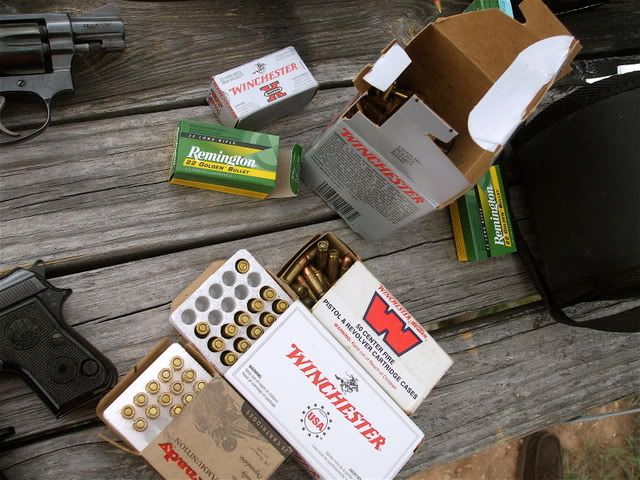
Caution: ballistic non-test ahead.
I also fired all these handguns and loads into a 1992 Dodge pickup fender in order to observe penetration. I'm certain that this proves nothing except that these tiny pistols can damage the paint work on an automobile.
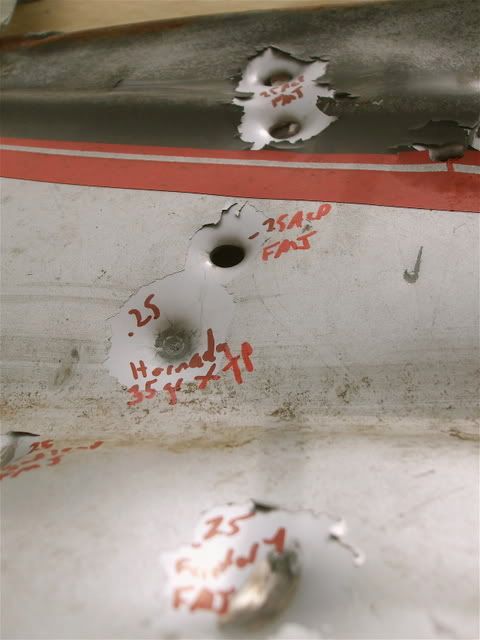
Originally I fired several rounds of the three .25 ACP loads at the fender. Here's some instances where one of each of the three loads tested failed to penetrate the fender but the angle may have been too extreme.
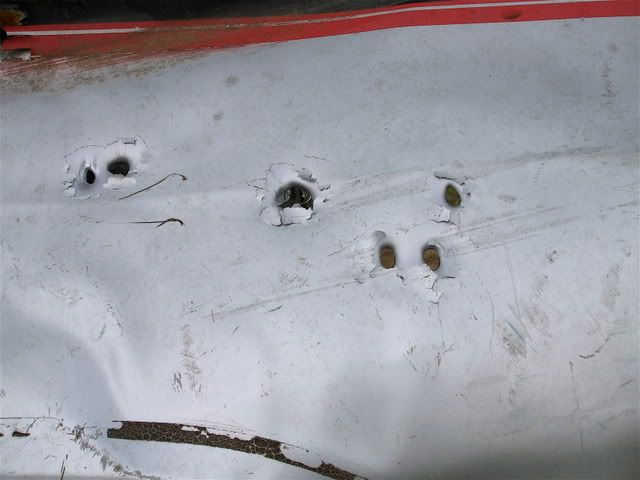
I tried again later, taking care to hit the fender head on. This time I fired two each of each of the three loads I had on hand and they all penetrated the fender. None penetrated the inner fender but left slight puckers in it. The ugly hole was from a "miss" when I placed couple of rounds too close together. Perhaps a flinch?
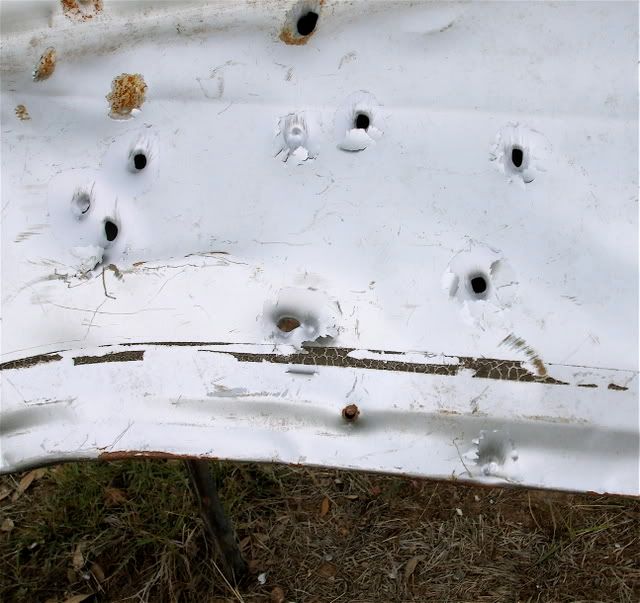
A hail of .22 bullet holes on the fender. The Ruger and the S&W Model 34 both penetrated the fender. The .22 failures to penetrate seen here all originated from the little Beretta pistol. I was surprised that the small increase in velocity observed in the Model 34 was sufficient to penetrate the fender.
On another occasion I've fired a single 158 grain +P equivalent .38 Special handload, a cast bullet .380 handload, and a Santa Barbara factory .380 load at the fender. The +P .38 Special load and the Santa Barbara .380 load easily pierced both the fender and the inner fender. The .380 lead handload pierced the fender and puckered the inner fender.
The .38 Special +P handload ("the Load" by the way) shot through the fender and inner fender and smartly struck the disc of the spinning target which happened to be positioned behind, causing it to swing the upper counterweight forward, sharply striking the fender. Very impressive performance!

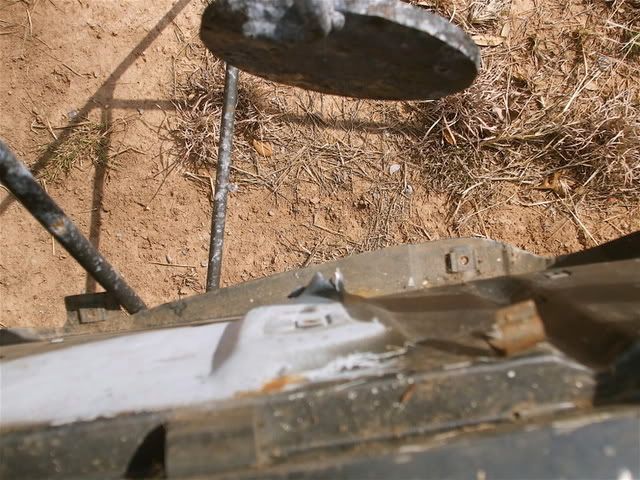
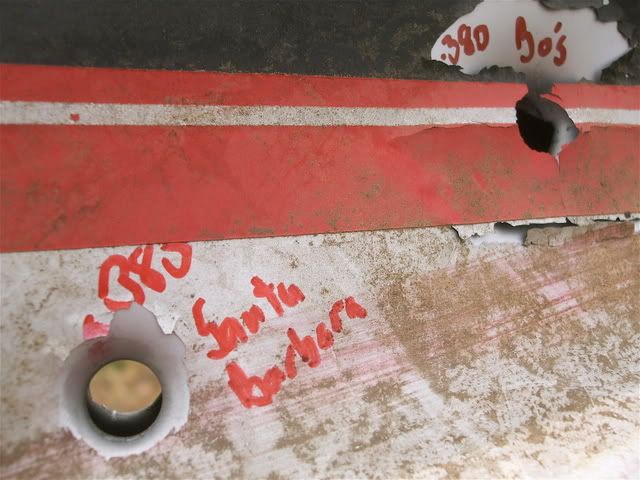
.380 performance against the fender. Santa Barbara factory ammo and a moderate handload using Unique.


Bo's cast bullet showing exemplary expansion when utilized against pickup fenders. This is just the sort of expansion needed for fenders; a complete energy dump with no over-penetration issues.
These kinds of tests are vital to illustrate the value of various cartridges when pressed into service to protect oneself against aggressive automotive sheet metal.
Next week: Testing the .25 ACP against a Fender Stratocaster.